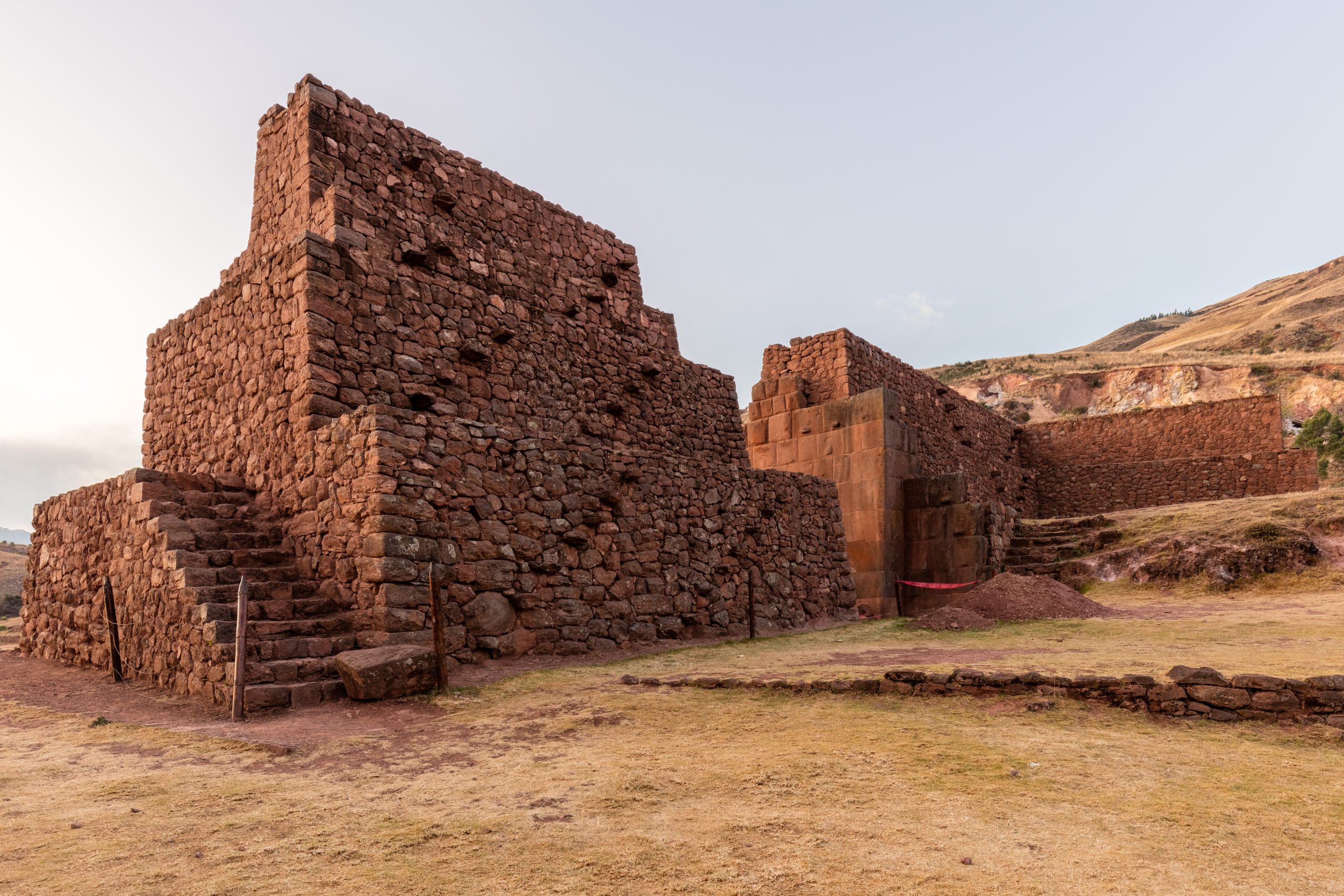The Archaeological Site of Rumicolca: A Convergence of Wari and Inca Engineering
Rumicolca, an archaeological site of significant historical importance, is located in the Cusco Region, Quispicanchi Province, Lucre District of Peru. Its proximity to other notable archaeological sites such as Chuqi Pukyu and Pikillaqta, and its situation east of Lake Huacarpay, underscores its strategic importance in ancient Peru. The name Rumicolca possibly derives from the Quechua words “rumi” meaning stone, and “qullqa” or “qulqa,” which translates to deposit or storehouse, suggesting its historical role in the region.
Get your dose of History via Email
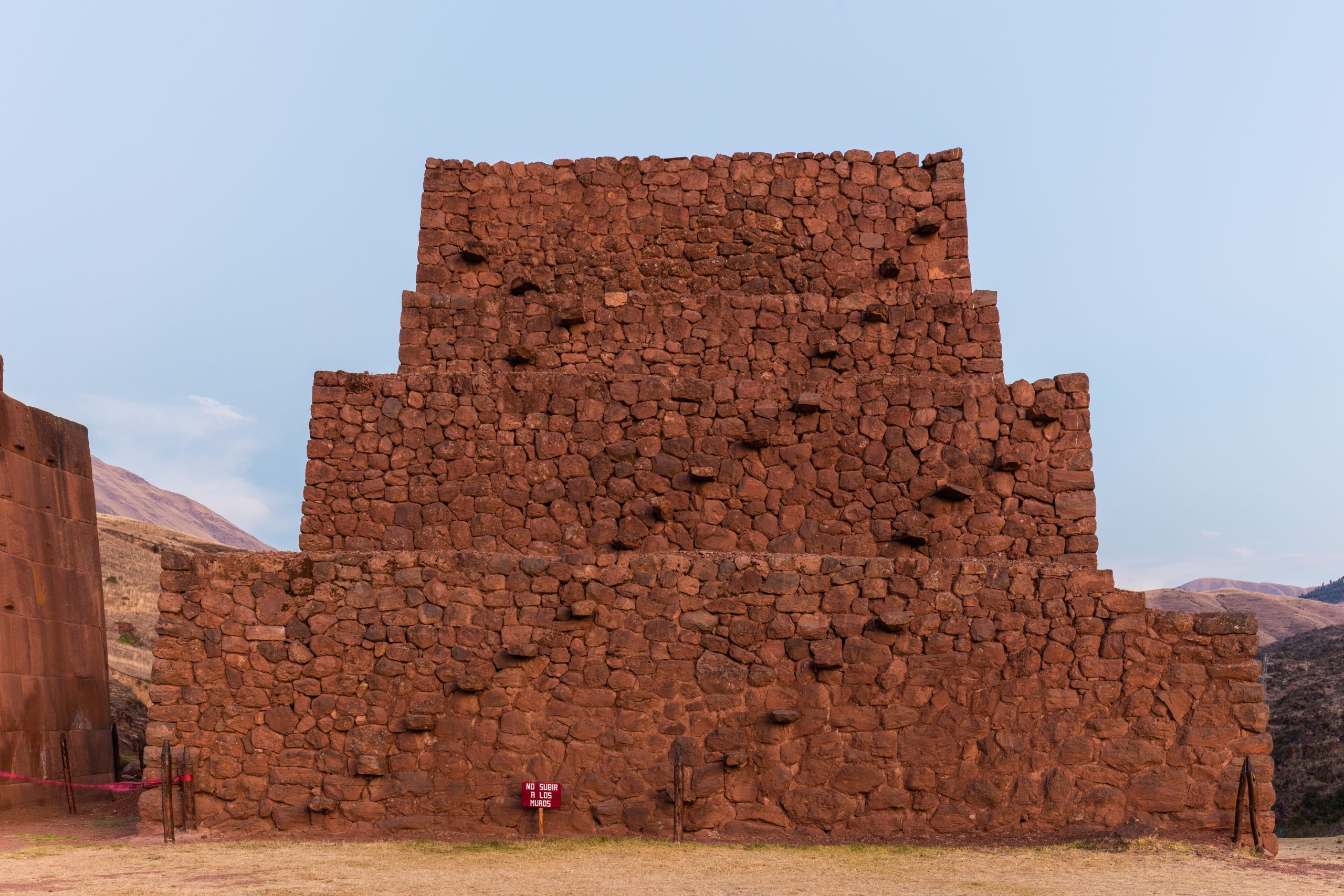
Theories on the Origin of the Rumiqullqa Gate
Folklore
A piece of folklore from Cusco narrates the origins of the Rumiqullqa Gate, intertwined with the history of the Wari people, who inhabited the city of Pikillaqta from approximately 550 to 900 A.D. Recognized as the first state-level society in the Sierra region of Peru and pioneers in urbanization, the Wari faced the challenge of securing a steady and large water supply for Pikillaqta. According to legend, a Wari leader initiated a competition, promising his daughter’s hand in marriage to the man who could successfully bring water to the city. The victor, a man from Cusco, constructed an extensive canal from the Laguna de Huacarpay to Pikillaqta, overcoming geographical hurdles by building what is considered the first and largest aqueduct in ancient Peru, known today as La Portada de Rumicolca.
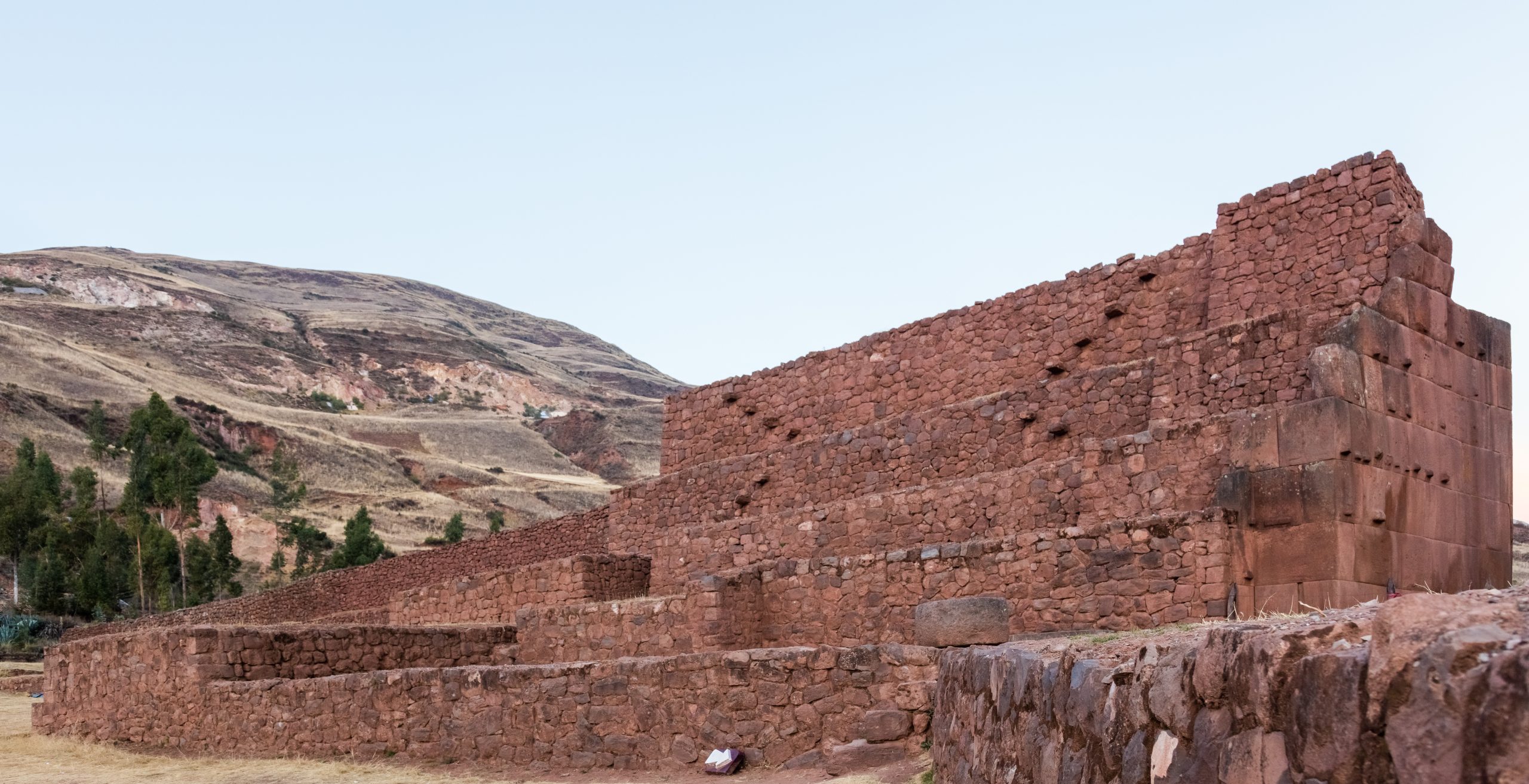
The Gate Theory
An initial theory posits that La Portada de Rumicolca was originally erected by the Wari as a gateway to their domain. Subsequently, the Inca, recognizing its strategic value, constructed a larger gate atop the Wari foundations. This gate delineated the northern region of Cusco from the southern region of Puno within the Inca Empire, serving as a toll point for travelers. The theory suggests that the Inca also repurposed La Portada as an aqueduct, a hypothesis supported by the observation of crude Wari stonework encased by finely carved Inca stone veneer.
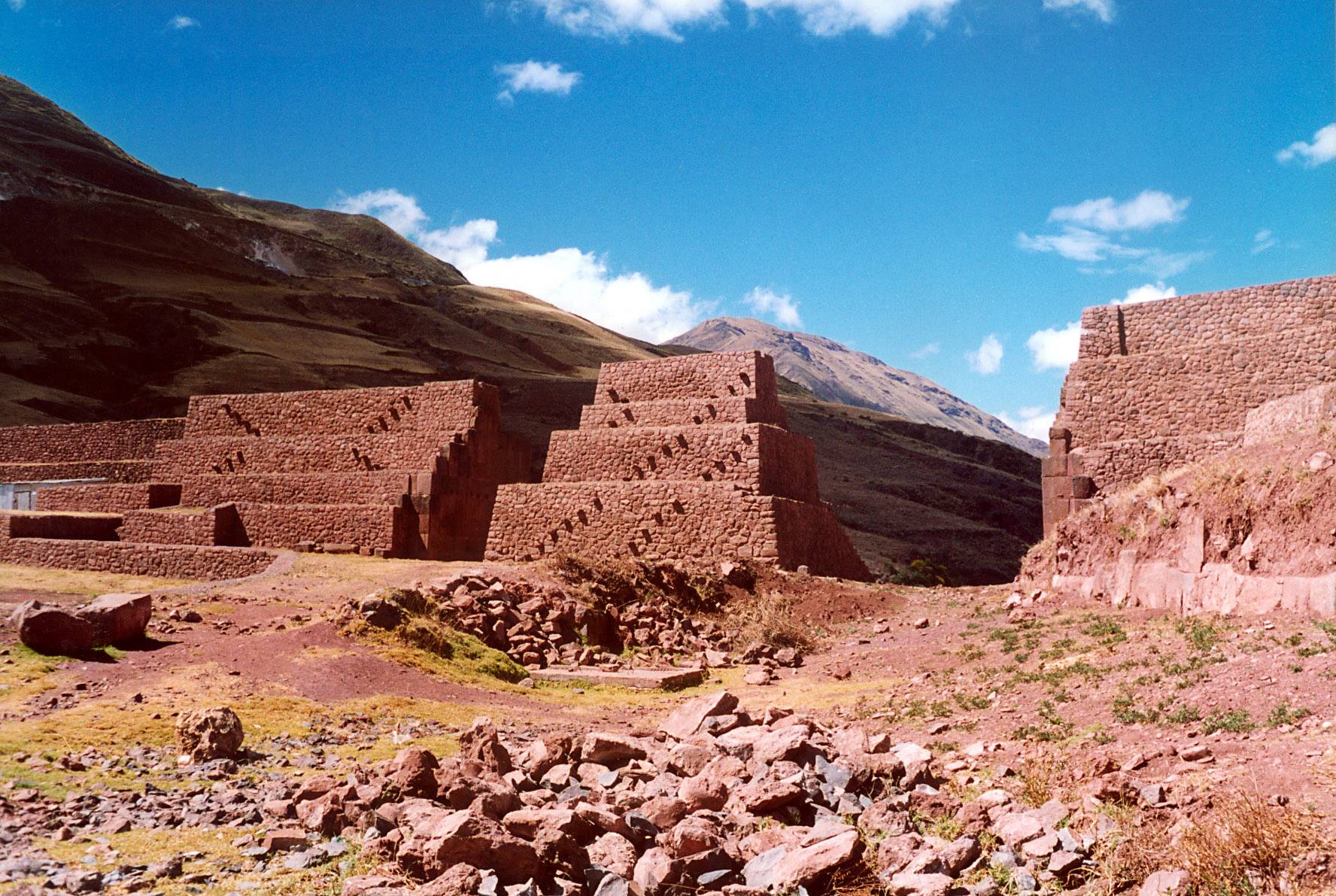
The Aqueduct Theory
The prevailing theory, supported by paleohydrologist Kenneth Wright, asserts that La Portada was initially conceived as an aqueduct by the Wari, corroborating the legend recounted in Cusco folklore. The Inca later incorporated the structure into their empire, making enhancements to its design. This explanation is bolstered by the fact that the original structure exhibits characteristics typical of Wari engineering, and the canal appears to be an integral part of the original construction rather than a later addition. While this theory does not explicitly address the function of La Portada as a gate, its location on the main road from Cusco suggests it likely served dual purposes, facilitating water supply to Pikillaqta without disrupting traffic flow.
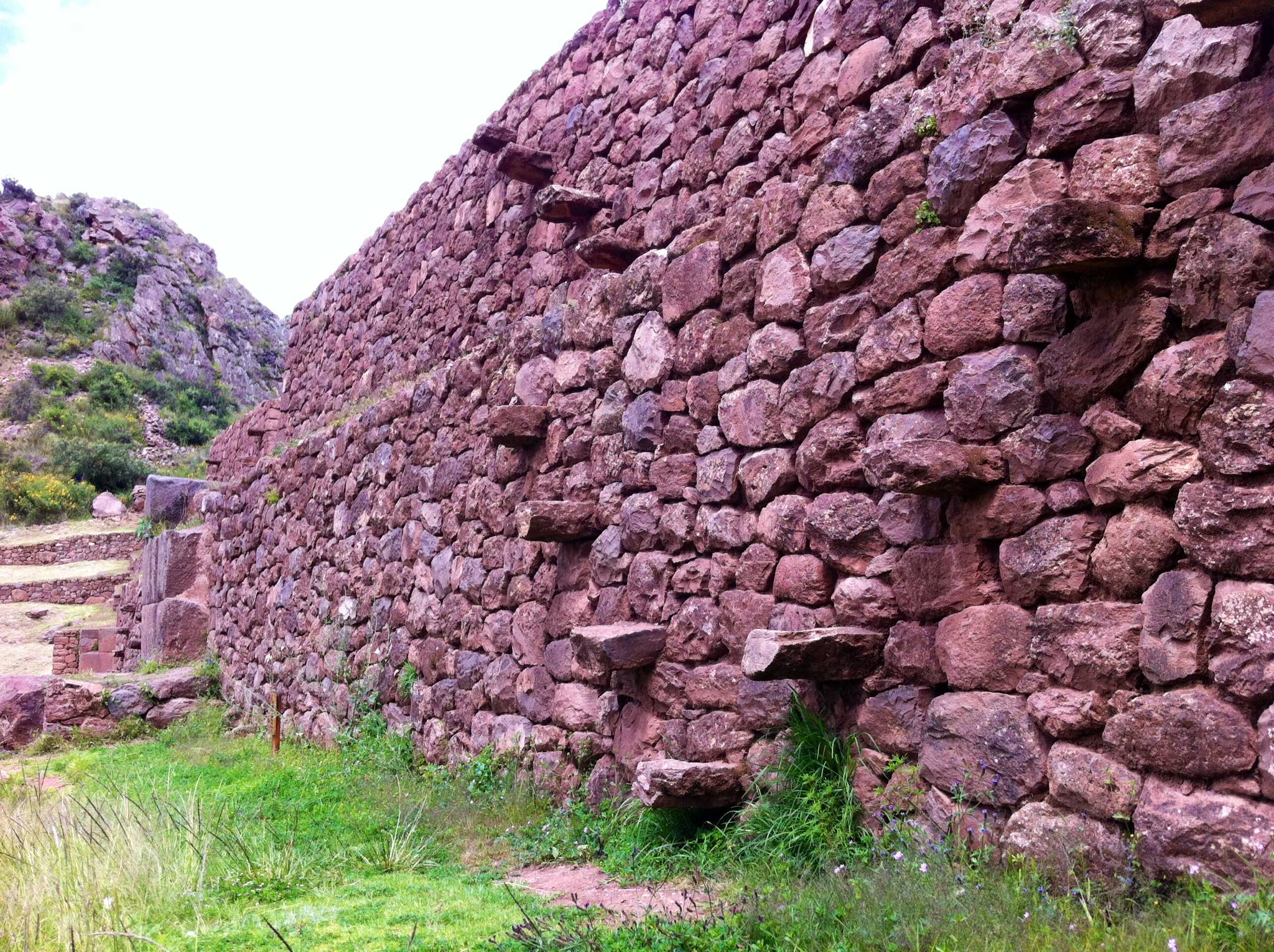
Conclusion
Rumicolca stands as a testament to the ingenuity and architectural prowess of ancient Andean civilizations. The convergence of Wari and Inca engineering principles in the construction of La Portada de Rumicolca highlights the site’s historical and cultural significance. Through the lens of folklore and archaeological theories, Rumicolca emerges not only as a marvel of ancient infrastructure but also as a symbol of the rich heritage that defines the Cusco Region of Peru.
Sources:

